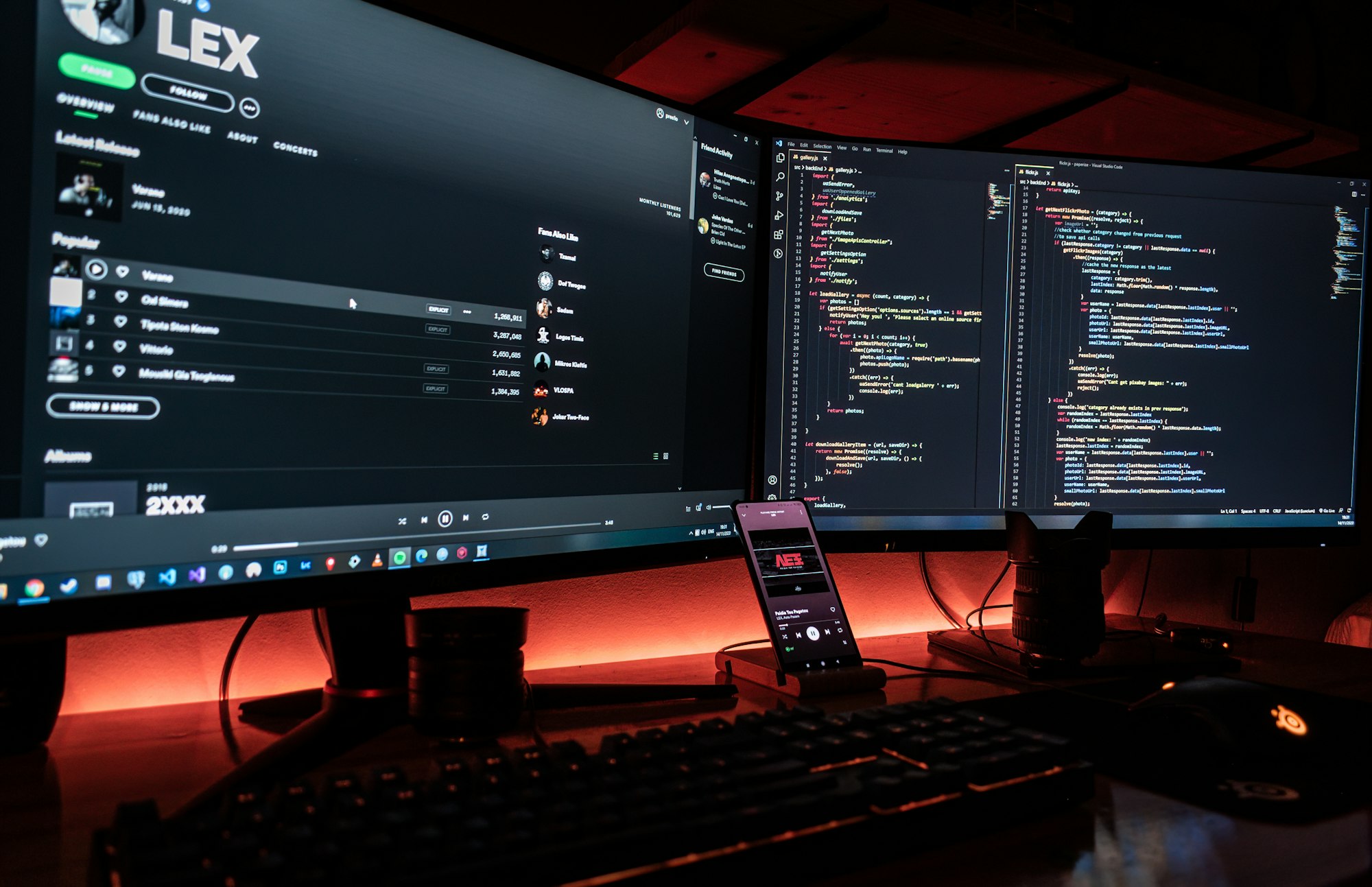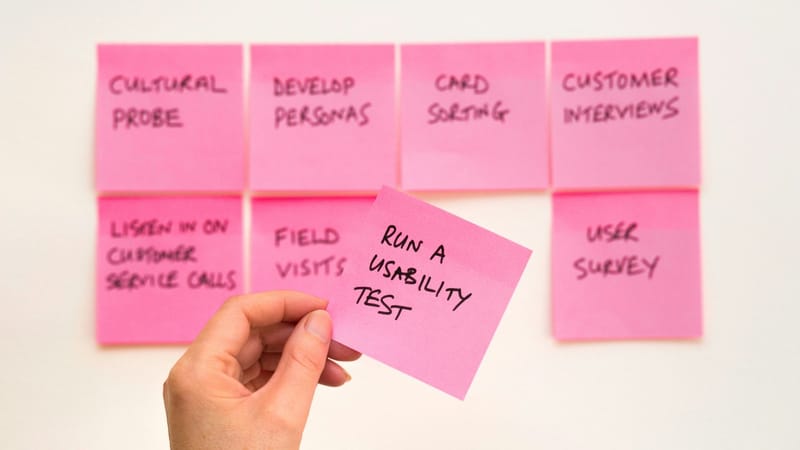How to Become a Webflow Developer in 2025
Learn how to launch a career as a Webflow developer, from mastering the essentials to building a portfolio that gets you hired.

You’ve probably scrolled through a portfolio site, or a sleek startup landing page and thought, "How do people even build this?" Odds are, Webflow had something to do with it.
Webflow is fast becoming the go-to visual development tool for building professional websites—without writing a single line of code. But behind every interactive portfolio or polished agency site is a Webflow developer making it all happen.
Whether you’re a designer looking to level up, a freelancer wanting to land higher-paying gigs, or someone curious about no-code careers, becoming a Webflow developer might just be your next big move.
Who is a Webflow Developer?
A Webflow developer is someone who uses the Webflow platform to build responsive, interactive websites—often without traditional coding. But this isn’t just drag-and-drop design. Webflow developers understand how HTML, CSS, and even a bit of JavaScript work behind the scenes, so they can use Webflow’s visual tools to their full potential.
While traditional developers' hand-code sites from scratch, Webflow developers leverage the platform's visual interface to speed up design and development. Think of them as front-end builders who speak design and translate that into functional web experiences.
How Much Can You Earn as a Webflow Developer?
Webflow developers earn competitive incomes globally, with demand growing as more businesses turn to no-code tools. According to ZipRecruiter data, full-time Webflow developers earn:
- Junior Webflow developers: $32,500-$42,999 per year
- Mid-level Webflow developers: $74,500-$84,999 per year
- Senior Webflow developers: $137,500-$148,000 per year
Freelancers and agency founders may earn more, depending on their project scope and niche. Per data from Upwork, freelance Webflow designers can earn up to $30-$140/hr.
What Does a Webflow Developer Do?
A Webflow developer’s day can include:
- Translating Figma or Sketch designs into Webflow builds
- Structuring CMS collections for dynamic content
- Creating interactions, animations, and hover effects
- Collaborating with designers, marketers, and clients
- Optimizing pages for performance and SEO
- Exporting code for handoff (when needed)
It’s part design, part development, and a lot of problem-solving.
Skills Needed to Become a Webflow Developer
To stand out as a Webflow developer, you’ll want a mix of:
Core skills:
- Strong understanding of HTML and CSS (you’re not coding it, but you should know what it does)
- Visual design principles (layout, typography, spacing)
- Familiarity with Webflow CMS, Interactions, and Responsiveness
Bonus skills:
- Basic JavaScript knowledge for advanced interactions
- SEO best practices
- Client communication and project management
The Roadmap to Becoming a Webflow Developer
Here's a step-by-step guide to getting started:
Step 1: Learn HTML and CSS basics
Even if you don’t plan to write code, you need to understand how the web works. Spend a few days with free courses on HTML and CSS—it’ll make you 10x better at using Webflow.
Step 2: Start learning Webflow
Check out Webflow University. It’s the best place to start, with interactive lessons that cover everything from the basics to complex CMS builds.
Step 3: Practice by building projects
Don’t just watch tutorials—build. Start with a personal portfolio, then try cloning projects from the Webflow Showcase. Rebuild real websites you like. This is how you learn.
Step 4: Join the Webflow community & build a portfolio
Ask questions in the Webflow Forum, follow creators on X (Twitter), and engage in spaces like Finsweet, Relume, and Client-First. Then, you could use Webflow to build your own site that highlights your projects, approach, and contact info. This is often your ticket to landing freelance gigs or full-time work.
Step 6: Start freelancing or apply for jobs
Check sites like Upwork, Contra, and LinkedIn for Webflow-related roles. You can also pitch your services to small businesses, startups, or creators who need a clean site but don’t want to hire a full dev team. Also, stay updated with new features, try complex CMS structures, and maybe even explore becoming a Webflow expert.
Conclusion
Webflow is more than just a no-code tool. It’s a career path. Whether you're freelancing, joining an agency, or launching your own products, mastering Webflow can open doors.
You don’t need a computer science degree or years of coding experience. You just need curiosity, a good design eye, and the discipline to practice. So, build that first project, mess up, rebuild it, and keep going—your next client (or dream job) might be one Webflow site away.









